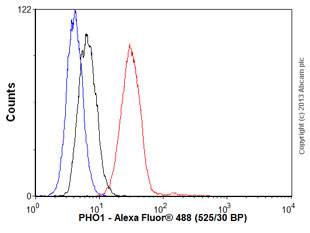
Overlay histogram showing THP1 cells stained with ab150369 (red line). The cells were fixed with 80% methanol (5 min) and then permeabilized with 0.1% PBS-Tween for 20 min. The cells were then incubated in 1x PBS / 10% human serum / 0.3M glycine to block non-specific protein-protein interactions followed by the antibody (ab150369, 1/1000 dilution) for 30 min at 22°C. The secondary antibody used was Alexa Fluor® 488 goat anti-rabbit IgG (H&L) (ab150077) at 1/2000 dilution for 30 min at 22°C. Isotype control antibody (black line) was rabbit IgG (monoclonal) (0.1μg/1x106 cells) used under the same conditions. Unlabelled sample (blue line) was also used as a control. Acquisition of >5,000 events were collected using a 20mW Argon ion laser (488nm) and 525/30 bandpass filter.
![All lanes : Anti-PHO1 antibody [EPR9165(2)] (ab150369) at 1/1000 dilutionLane 1 : THP1 cell lysateLane 2 : HACAT cell lysateLysates/proteins at 10 µg per lane.SecondaryHRP labelled goat anti-rabbit at 1/2000 dilution](http://www.bioprodhub.com/system/product_images/ab_products/2/sub_4/11148_PHO1-Primary-antibodies-ab150369-1.jpg)
All lanes : Anti-PHO1 antibody [EPR9165(2)] (ab150369) at 1/1000 dilutionLane 1 : THP1 cell lysateLane 2 : HACAT cell lysateLysates/proteins at 10 µg per lane.SecondaryHRP labelled goat anti-rabbit at 1/2000 dilution
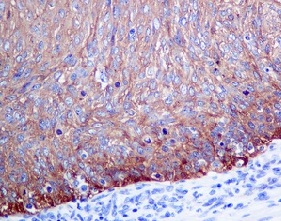
Immunohistochemical analysis of paraffin-embedded Human cervical carcinoma tissue labelling PHO1 with ab150369 at 1/250 dilution.
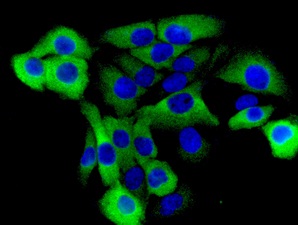
Immunofluorescent analysis of HACAT cells labelling PHO1 with ab150369 at 1/250 dilution.
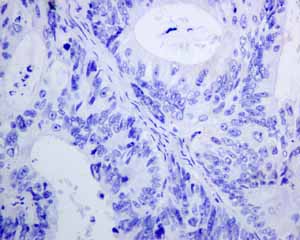
Immunohistochemical analysis of paraffin embedded Human Colonic adenocarcinoma tissue using ab150369 showing -ve staining.
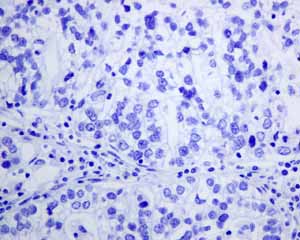
Immunohistochemical analysis of paraffin embedded normal Human tonsil tissue using ab150369 showing -ve staining.
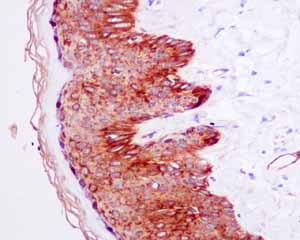
Immunohistochemical analysis of paraffin embedded normal Human skin tissue using ab150369 showing +ve staining.
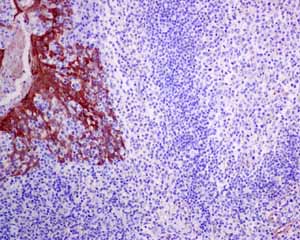
Immunohistochemical analysis of paraffin embedded normal Human tonsil tissue using ab150369 showing +ve staining.
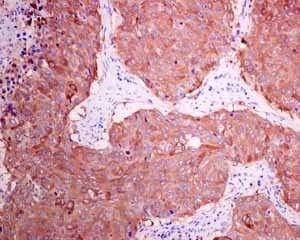
Immunohistochemical analysis of paraffin embedded Human Lung carcinoma tissue using ab150369 showing +ve staining.

![All lanes : Anti-PHO1 antibody [EPR9165(2)] (ab150369) at 1/1000 dilutionLane 1 : THP1 cell lysateLane 2 : HACAT cell lysateLysates/proteins at 10 µg per lane.SecondaryHRP labelled goat anti-rabbit at 1/2000 dilution](http://www.bioprodhub.com/system/product_images/ab_products/2/sub_4/11148_PHO1-Primary-antibodies-ab150369-1.jpg)






